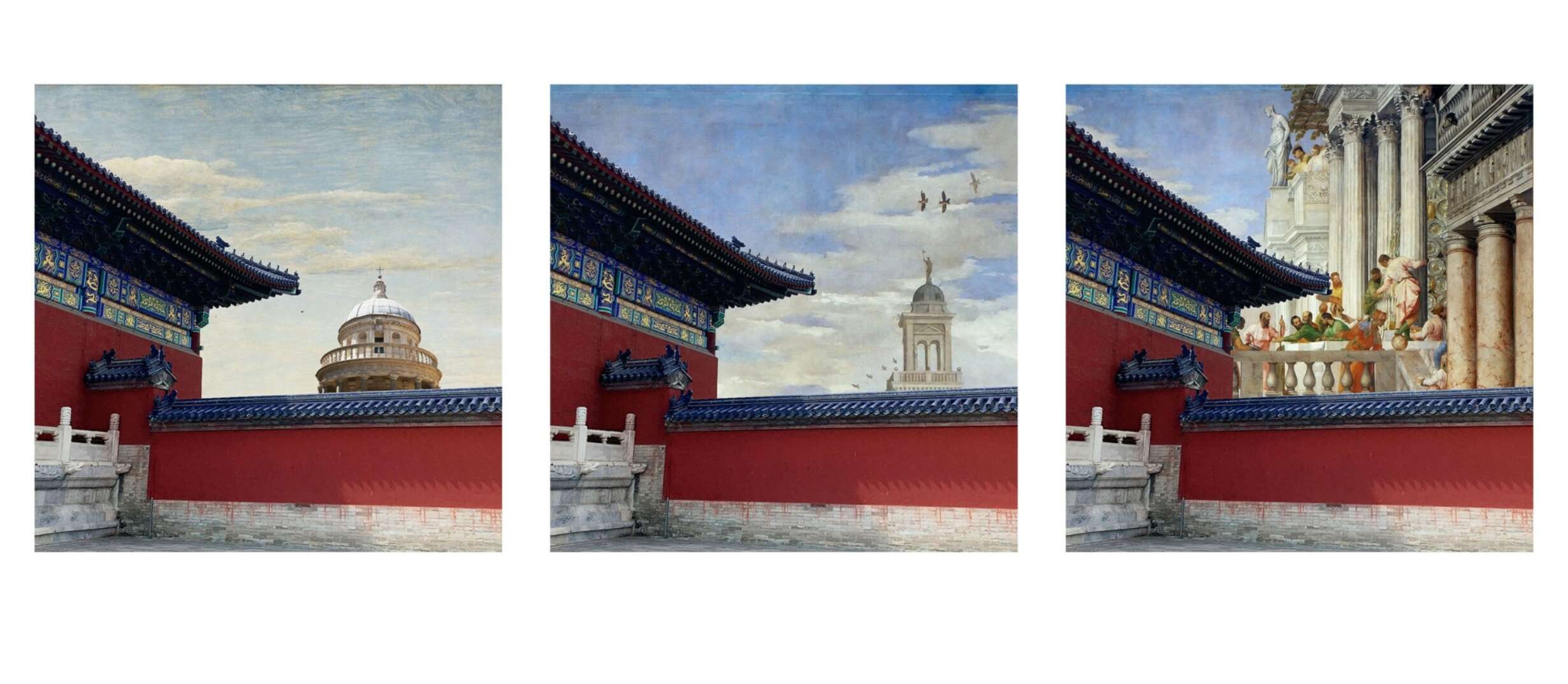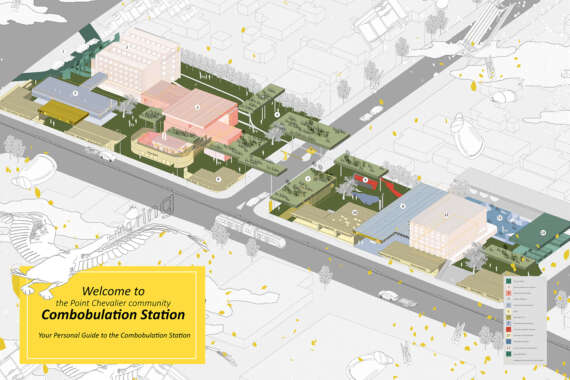Manifesting the Intangible: An Examination of Authenticity of Chinese Architecture in Foreign Lands

The internet, media propaganda and transnational migration have created a global generation encountering a mixing-pot of cultural and national identities, where cultures are evolving into hybrids that challenge the notion of a 'pure' or 'original' society. Technological development has changed the way we live and build, and yet ethnic architecture has not kept pace with this progress. Throughout this thesis, the author investigates how architects can design appropriate ethnic buildings for current and future transnational Chinese immigrants seeing a virtual dissolution of borders, and understand what defines authentic Chinese architecture in the 21st Century.














